Ceanothus microphyllus
(Littleleaf Buckbrush)
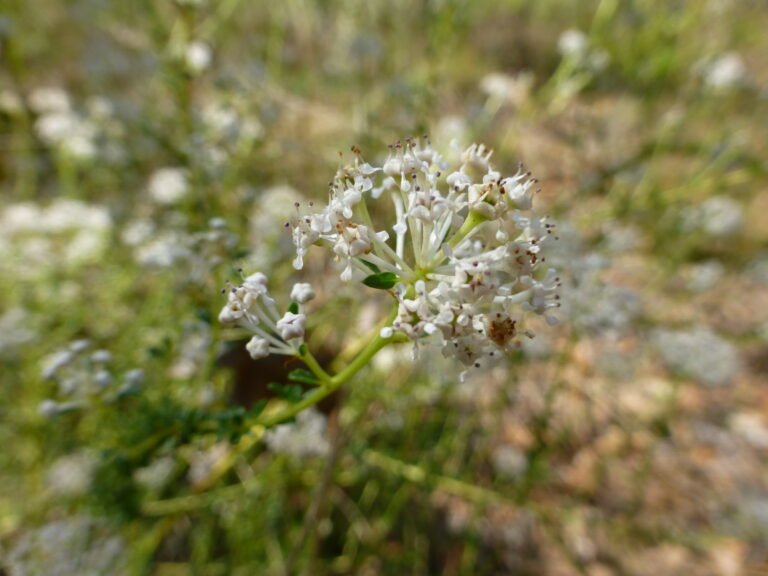
Common Names, Latin Name, and Family
Its common names are littleleaf buckbrush, littleleaf New Jersey tea, and small-leaved redroot.
The Latin name is Ceanothus microphyllus.
It is found in the Rhamnaceae, or buckthorn, family.
Form
A perennial wildflower that grows to a height of 1-2 feet.
Leaves
The tiny leaves are alternate, entire, and oblong to ovoid in shape.
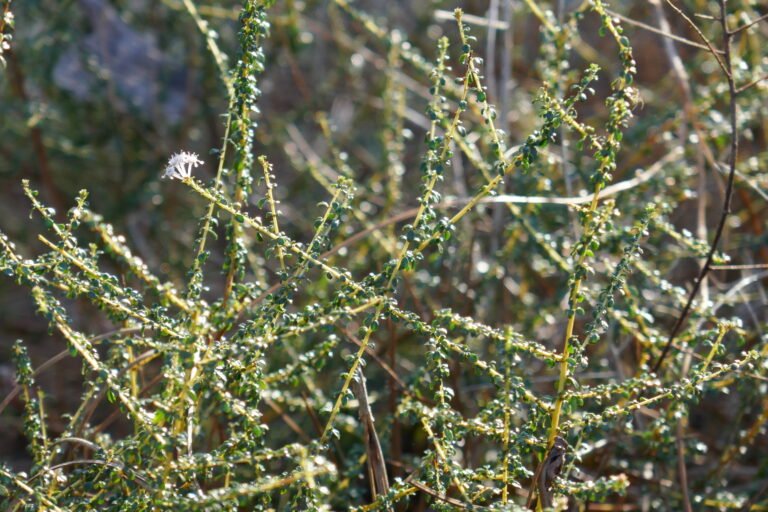
Flowers
Fragrant white flowers appear in the late winter and early spring.
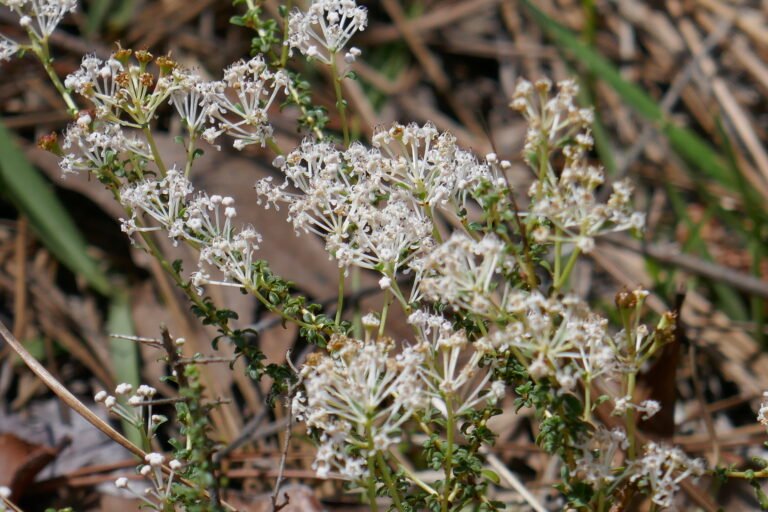
Fruit / Seeds
The seeds are small, round, and brown.
Under magnification they look similar to peas, but brown in color.
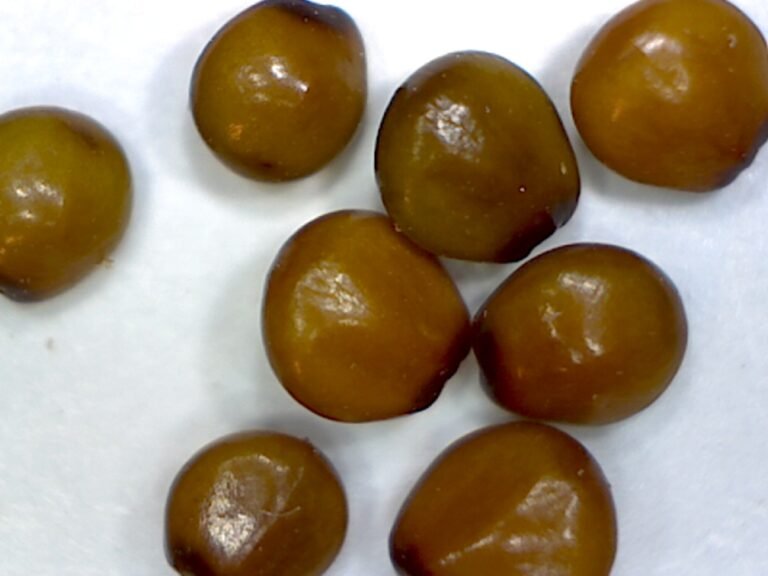
Habitat
It grows in dry pinelands with high shifting shade.
Native Range
It is found in Florida from the panhandle south to Highlands County.
It is native to Alabama, Florida and Georgia.
Landscape Use
In the home landscape it grows in part shade with average to dry soils.
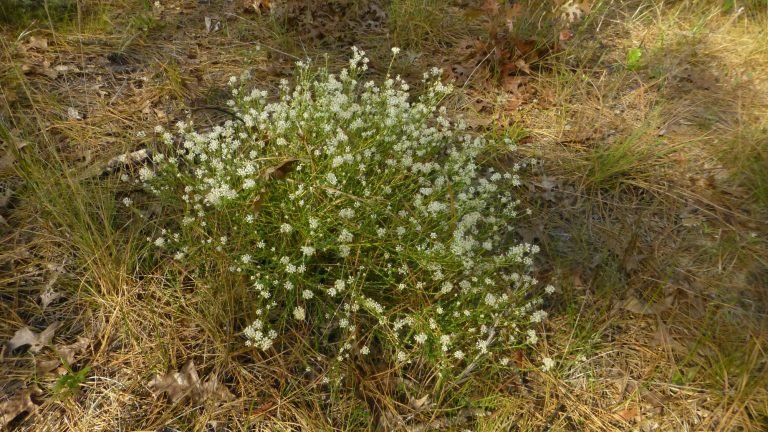
Wildlife Use
The flowers are a nectar source for bees, butterflies, beetles, wasps, and flies.
The seeds are eaten by songbirds and small mammals.
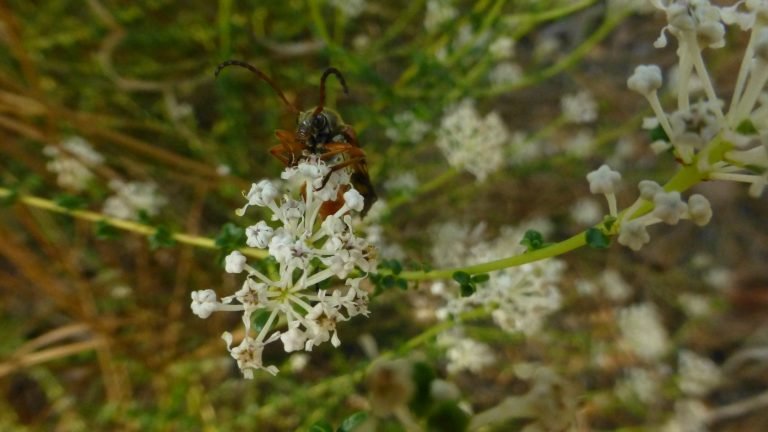
Propagation
It can be grown from seeds or transplants.
The seeds need 2-3 months of cold stratification.
The plants can be transplanted at most size if the flowers and seeds are removed so the plant can recover from the shock of being uprooted.
